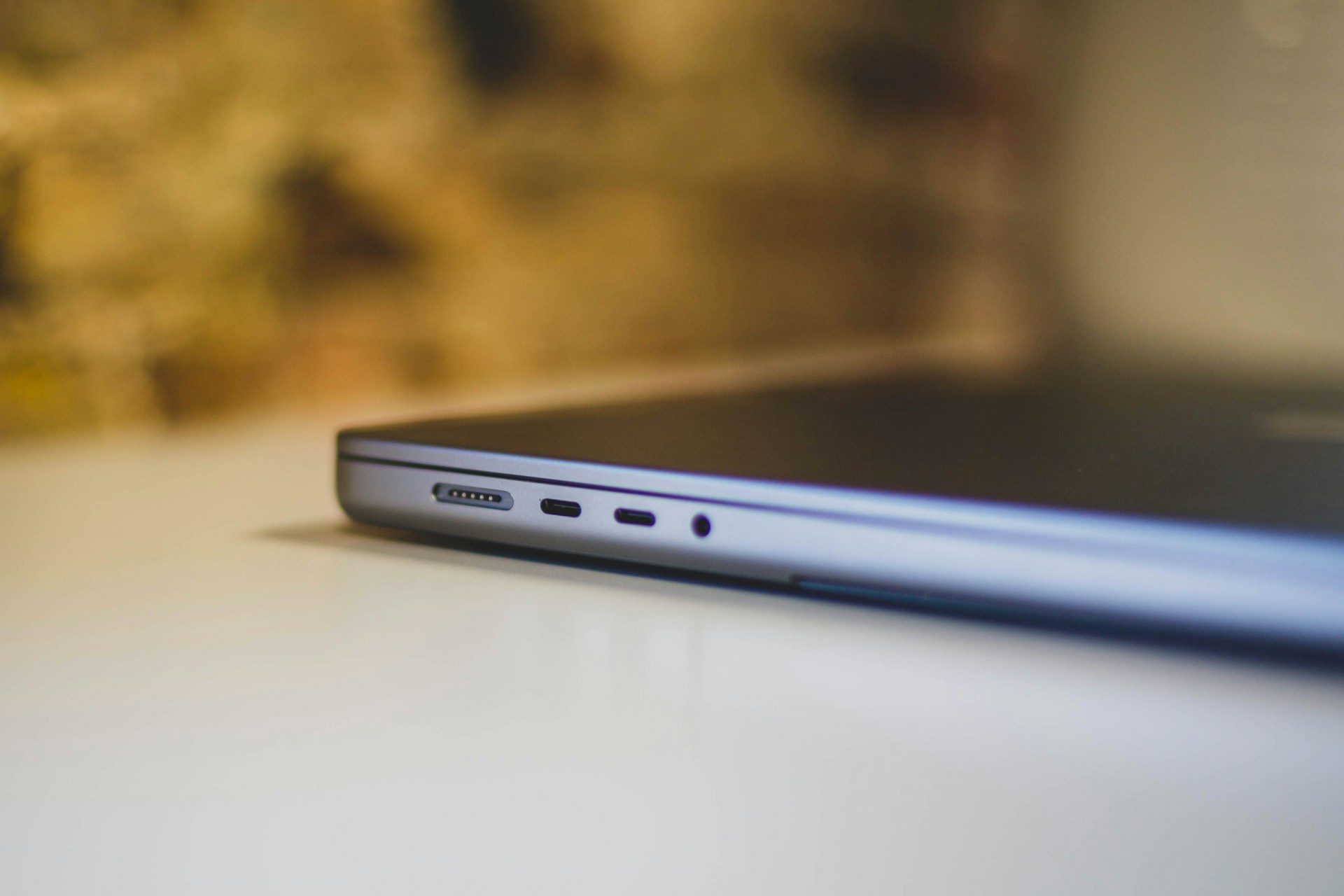The Silent Takeover: How Passive Cooling Tech is Shaping the Future of Electronics
The whispers of a quiet revolution are in the air. It doesn't involve AI, quantum computing, or LiFi - it's about something much more foundational to our tech-driven lives. Passive cooling technology, the unsung hero of electronics, is silently reshaping our devices and our expectations. A deeper dive into this unseen world might just reveal the secrets of the future of electronics.

A Brief Journey Through Time: The Evolution of Cooling Tech
The need for electronic cooling emerged with the dawn of computers. Early mainframes, like the ENIAC, were a massive tangle of vacuum tubes that produced a significant amount of heat. As a solution, these behemoths were housed in carefully air-conditioned rooms to keep them from overheating. But as electronics became more compact and powerful, more sophisticated cooling measures were needed. Enter fans, liquid cooling, and heat sinks - the typical active cooling solutions that have dominated the scene for decades.
Passive Cooling: A Quieter, More Sustainable Solution
Passive cooling represents a paradigm shift from these traditional methods. It doesn’t rely on energy-consuming fans or pumps. Instead, it uses clever materials and design to dissipate heat naturally. One of the most common types is heat pipe technology, where a working fluid in a sealed pipe absorbs heat and turns into vapor. This vapor then cools and condenses back into a liquid at the cooler end of the pipe, releasing the heat in the process. It’s a self-sustaining cycle, producing no noise and requiring no energy.
The Current Landscape: Passive Cooling Makes Waves
Recent years have seen a surge in passive cooling tech. For instance, Calyos, a Belgian company, has pioneered fanless gaming PCs that use phase-change cooling. Similarly, Streacom, a Dutch firm, has created a series of fanless PC cases that function as giant heat sinks. Even tech giant Microsoft has dabbled in this arena with its Azure data centers. The company is exploring liquid immersion cooling, where server racks are submerged in a special, non-conductive fluid that draws away heat passively.
The Economic Implications: How Much Will it Cost?
While the price range can vary, passive cooling technology is generally more expensive upfront than its active counterparts. For instance, a high-end fanless PC case from Streacom can cost upwards of $300, compared to $100 or less for a traditional case with fans. However, the added cost can be offset by lower energy bills and maintenance costs over time. As the technology matures, we can expect prices to become more competitive.
The Future is Cool: The Impact on the Market
Passive cooling technology has the potential to revolutionize the electronics industry. It offers a more sustainable, quieter, and reliable alternative to traditional cooling methods. As data centers grow and the Internet of Things expands, the demand for energy-efficient cooling solutions will only increase. While it’s still a niche market, the silent takeover of passive cooling is well underway. It’s a new era of cool - literally and figuratively.
In conclusion, passive cooling technology, with its promise of quieter, more energy-efficient electronics, is set to reshape the future. It may not be as flashy or headline-grabbing as AI or quantum computing, but its impact on our tech-driven lives may be just as profound. After all, the coolest revolutions are often the ones that happen quietly, right under our noses.




